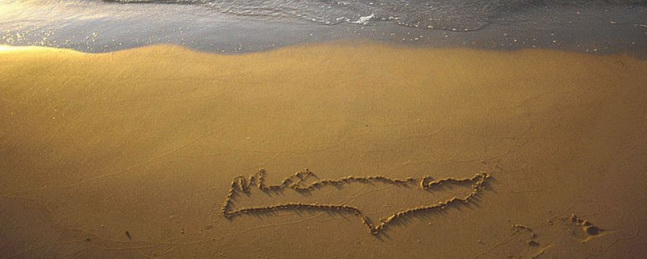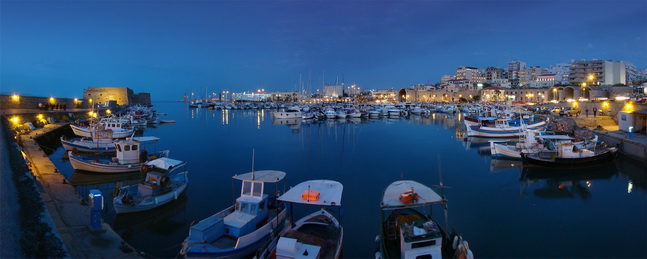
Crete, the largest Greek island, is washed by the waters of the eastern Mediterranean, and so enjoys a mild climate. An island where Myth meets History, where the age-old Cretan culture has its roots in the long-ago, where the sea meets the mountains and unspoiled nature coexists with modern tourist infrastructure. Crete has a thousand faces: one for each and every sort of traveller: the naturalist, the explorer, the cosmopolitan, the lover of history and culture. The list is long and all-encompassing.
Long before, Crete was distinguished as the home of Europe’s earliest civilization,the enigmatic Minoan culture which flourished over 4,000 years ago. Greeks, Romans, Byzantines, Saracens, Venetians and Turks also left their mark. This rich human heritage is set against the backdrop of magnificent mountain scenery and beaches lapped by a deep blue sea.
The heart of Crete beats in its cities: from Chania, the Venice of the East, through Renaissance Rethymno, to cosmopolitan Heraklion, on to bijoux Aghios Nikolaos and ultimately to picturesque Sitia and Ierapetra. Each Cretan city has its own character, emerging from its rich history, a vigorous modern being and of course the contemporary tourist infrastructure.
Book your Crete rental car at Autoisland Kreta online to enjoy every advantage of the most affordable and comfortable airport car rental service in Crete. Of course you can also contact Autoseisen Kreta on +30 6944555132. We will make sure that your car is waiting for you upon your arrival to Crete!

Heraklion is the largest city of Crete and the island’s capital. Its history properly begins in post-Minoan times. Today it is a modern, lively town and an important economic centre. It preserves traces of its long history, and the conquerors who passed through. In recent years, many streets around the centre have become pedestrianized and so link the major monuments of the city. One can go about more readily, free from the rush of traffic. Iraklio’s main sights are wedged within the historic town, hemmed in by the waterfront and the old city walls. Many of the finest buildings line up along the main thoroughfare, 25 Avgoustou, (San Marco Basilica. On the square, just as 25 Augoustou starts to drop down to the Venetian Port, stands San Marco Basilica, built by the Venetians as a cathedral, converted into a mosque by the Turks. – The Loggia. Farther down 25 Augoustou is the Venetian Loggia — originally built in 1541 as a shady meeting place for wealthy aristocrats, and remodelled in 1628 by Morosini. Used as an arsenal (and badly damaged) by the Turks, it took 18 years to restore in the 1960s and ‘70s, and is now Iráklion’s Town Hall.) which skirts the lovely central square, Plateia Venizelou (also called Lion Square after its landmark Morosini Fountain – Ágios Titos. Worth visiting for its flamboyant history and for the serenity of the little tree-dotted square that it dominates, Ágios Titos was built around 961 to celebrate the re-conquest of Iráklion from its Arab rulers for the Byzantine Empire.). East of here, Koraï is the hub of Iraklio’s cafe scene, which leads towards the sprawling Plateia Eleftherias and the archaeological museum nearby. Also do not miss to visit The Tomb of Kazantzákis. Nikos Kazantzákis was one of Greece’s greatest writers. Raised just south of the capital, he chose this spot on Iráklion’s southernmost bastion for his tomb because of its views north across the city to the sea. On a gravestone which is moving in its simplicity is his epitaph (which he chose before his death in 1957)—‘I believe in nothing, I hope for nothing, I am free’.


